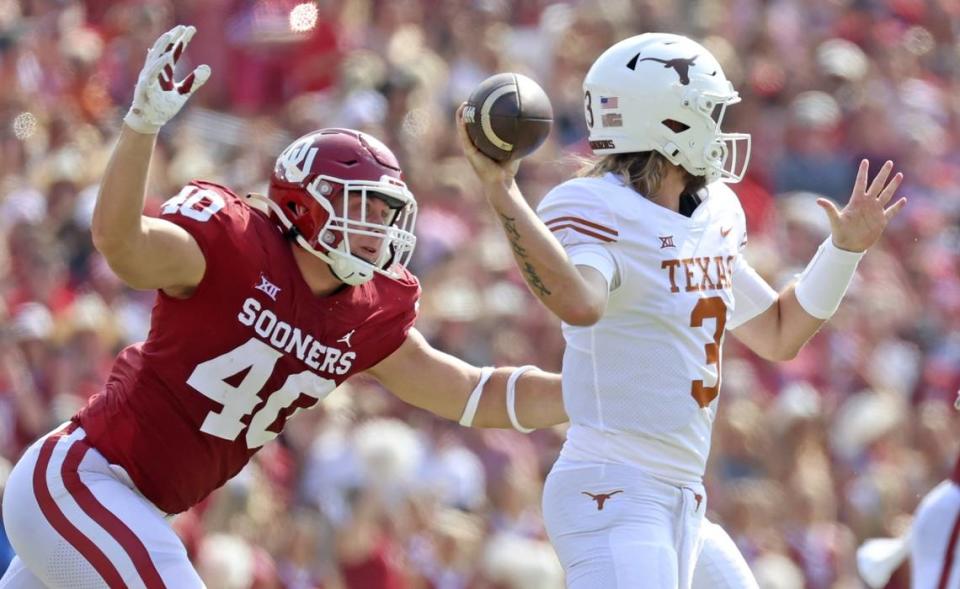What impact will Texas and Oklahoma moving to the SEC have on UK? It’s complicated.
- Oops!Something went wrong.Please try again later.
- Oops!Something went wrong.Please try again later.
- Oops!Something went wrong.Please try again later.
- Oops!Something went wrong.Please try again later.
When word emerged in the summer of 2021 that the Southeastern Conference was on the verge of adding Big 12 behemoths Oklahoma and Texas, Mark Stoops had the same response to the news that many did.
“My immediate reaction was, ‘Wow!’” the Kentucky football coach said, “’an already great conference is going to get better.’”
We have known since February that the Sooners and Longhorns will be making their debuts in the SEC in 2024-25 — one school year earlier than originally announced. For now, we can only speculate about what having Texas and Oklahoma added to the already hyper-competitive SEC will mean for Kentucky Wildcats sports.
Texas has, arguably, the best all-around athletics program in the country. Over the three school years prior to this one, the Longhorns finished first, first and second (last year) in the Learfield Directors’ Cup standings, a measurement of all-around sports strength.
Oklahoma has won multiple NCAA team national championships in seven different sports.
The two SEC newcomers will “provide an unbelievable conference in (terms of) depth,” said UK athletics director Mitch Barnhart. “It brings two great fan bases. Clearly, you are going to get some exciting matchups.”
Let’s examine the ways the arrival of “Boomer Sooner” and “The Eyes of Texas” into the Southeastern Conference seem likely to have the greatest impact on “Go Big Blue.”
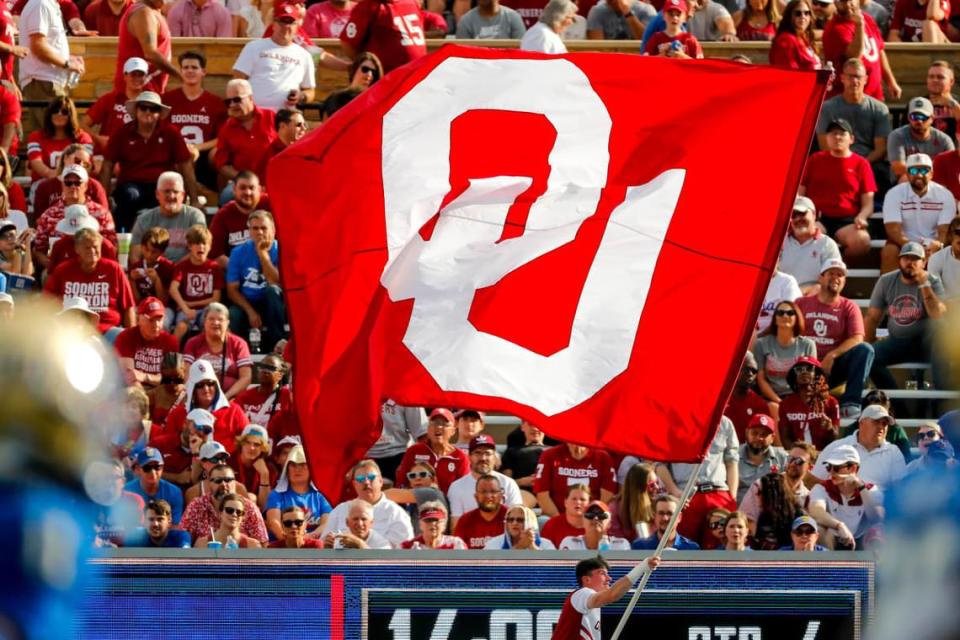
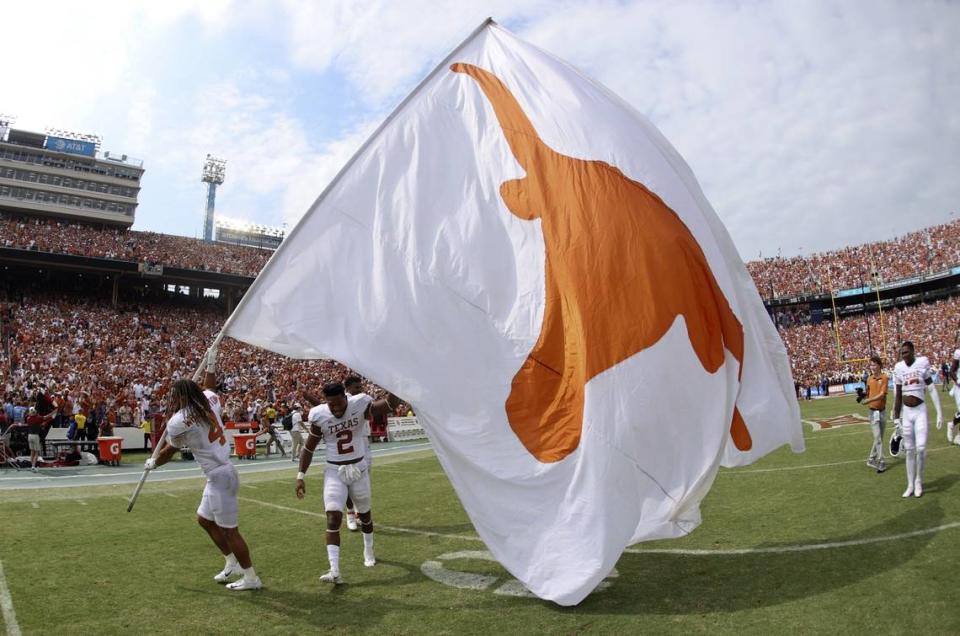
Competitive implications
A university’s athletics “brand” does not always tell the full story.
In the popular imagination, Oklahoma and Texas are “football schools,” while Kentucky has historically been primarily associated with its eight-time NCAA champion men’s basketball program.
Yet, from the start of the 2018 college football season through games of Sept. 9, Kentucky’s overall football record was 42-23, while Texas was 40-24.
In men’s basketball, UK’s most recent Final Four trip was in 2015; Oklahoma’s was in 2016.
For hoops, the most interesting aspect of Texas being in the same league as Kentucky is whether that will have an impact, positively or negatively, on UK’s ability to recruit the Lone Star State.
In the John Calipari coaching era, the list of Texans who have come north to rock Kentucky blue is long and impressive — Julius Randle (Dallas), Aaron Harrison (Richmond), Andrew Harrison (Richmond), DeAaron Fox (Katy), P.J. Washington (Frisco), Jarred Vanderbilt (Missouri City), Tyrese Maxey (Garland), Sahvir Wheeler (Houston), Daimion Collins (Atlanta) and Cason Wallace (Richardson).


For UK football, the arrivals in the SEC of Texas and Oklahoma — and the scheduling alterations (see below) that will result — would seem to make the challenge of succeeding in an already-brutal league even more vexing.
“It will just make it that much more of a challenge with two great programs (joining),” Stoops said. “But I am excited about that opportunity.”
Along with football, two other Kentucky sports programs seem likely to be most impacted by Oklahoma and Texas competing in the SEC.
In women’s volleyball, UK entered this season having won outright or shared the past six SEC titles. Two teams, Kentucky and Florida, have combined to win or share 10 of the past 13 SEC championships.
The reigning national champion, Texas will upon arrival have the most-impressive NCAA Tournament resume’ in the Southeastern Conference. The Longhorns have won three national titles and been NCAA Tournament runner-up five times — including for 2020, when they lost in the finals to Kentucky.
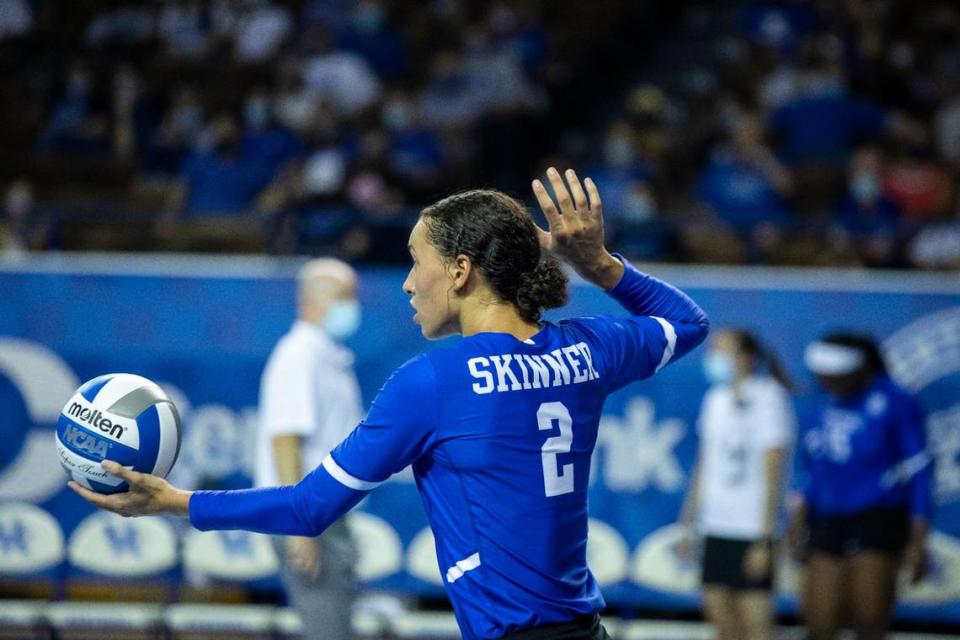
“We embrace the competition,” UK volleyball coach Craig Skinner said. “I think that (Texas) looks at us and Florida and embraces that competition. If Texas is a peer of ours and Florida’s, and then Tennessee and Arkansas and Georgia and LSU continue to improve the way they are, it’s only going to make us all better.”
Skinner believes regularly having to face another nationally-elite program will help better prepare SEC volleyball teams, including Kentucky, for the crucible of NCAA Tournament play.
“You just can’t recreate pressure in practice the way you can against high-level competition,” Skinner says. “The more opportunities you have to play in pressure-packed matches (in front of) big crowds, the better prepared your teams for the NCAA Tournament. ... (Adding Texas to the SEC) gives us another way to prepare players to compete at the highest level.”
The UK coach whose program stands to face the steepest challenge due to SEC expansion is softball’s Rachel Lawson.
Simply put, Oklahoma softball is a juggernaut. While winning the past three NCAA titles, coach Patty Gasso’s Sooners have gone 176-8. Last year, OU went 61-1.
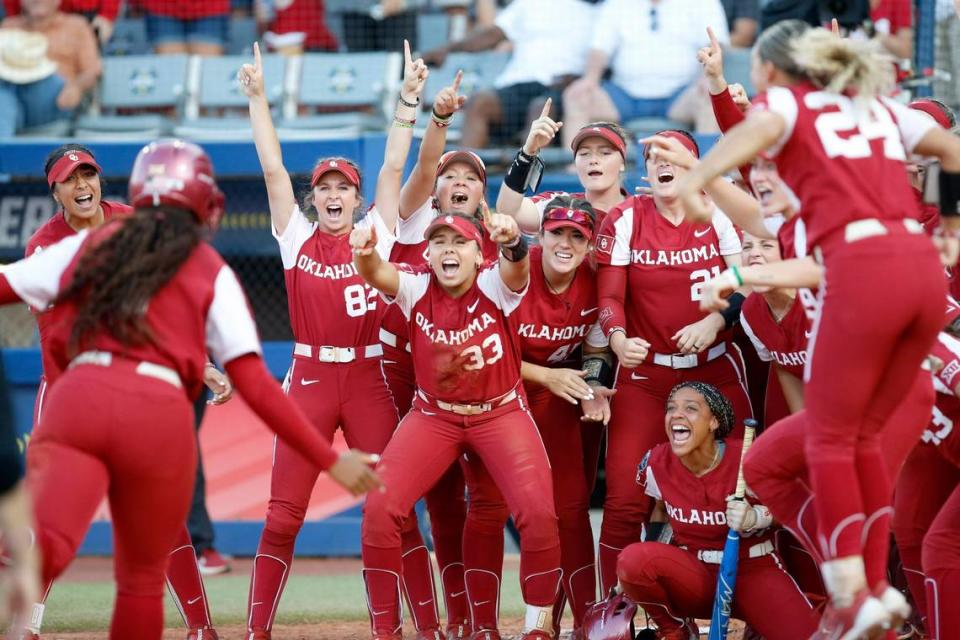
“Oklahoma is outstanding,” Lawson said. “Their coaching is outstanding. The way they play is outstanding. The way they train the team, it’s kind of like minor-league baseball or professional sports. ... In today’s day and age with NIL (name, image and likeness rights for college athletes) and with the transfer portal, Oklahoma has been at the cutting edge of all that stuff.”
UK has faced Oklahoma three times in the past two seasons. The Sooners won all three by a combined score of 34-2.
“I believe (the arrival of Oklahoma) is going to change the business of how softball is done in the SEC,” Lawson said. “... Oklahoma is so good, we all are going to have to figure out, ‘How are you going to be able to compete with them and, then, hopefully, win?’ That’s going to change everything.”
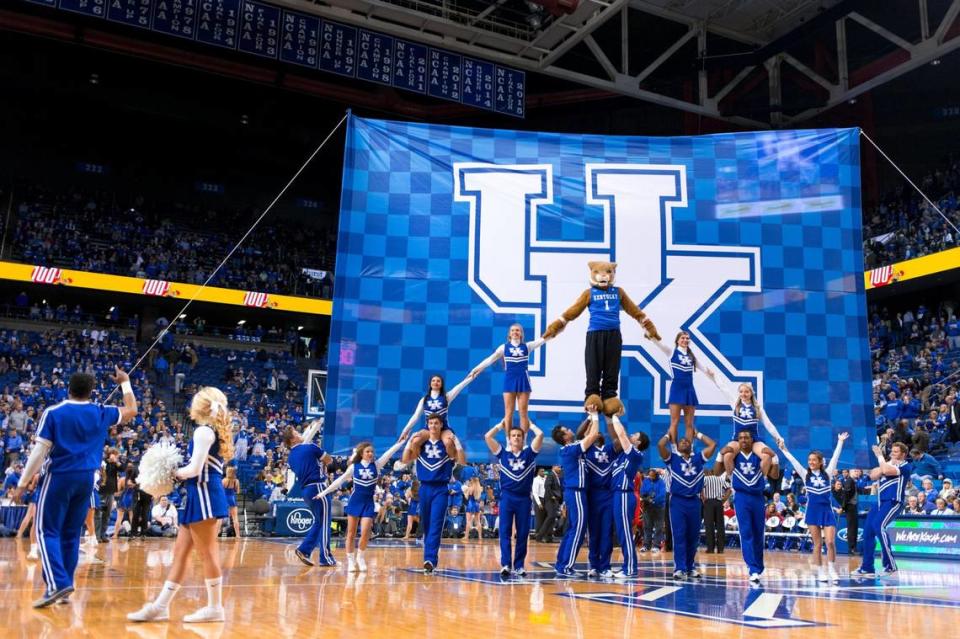
No annual football with Vols?
One significant change linked to Oklahoma and Texas giving the Southeastern Conference 16 members has already been announced. Starting with the 2024 season, SEC football will no longer be divided between East and West divisions.
Instead, all 16 teams will compete in the same standings. The teams that finish first and second will advance to the SEC Championship Game.
Still to be determined, however, is how the SEC will permanently schedule football as a 16-team league. For the first year with Texas and Oklahoma in the SEC in 2024, the conference adopted what is said to be a one-year-only slate with eight leagues games that was designed to maintain existing rivalries for each team.
Long term, the debate over future SEC football scheduling — whether to stay at eight league games with one permanent, annual rival and seven rotating opponents or to move to nine league games with three permanent, annual rivals and six rotating foes — has become polarizing.
From the time it was announced that Oklahoma and Texas were moving to the SEC, many have assumed a nine-game league slate is inevitable. From his public comments, that seems to be the preference of SEC Commissioner Greg Sankey.
Kentucky has dug in profoundly against adding a ninth conference game each season. “I am a believer in eight,” Barnhart said. “I believe in eight for a lot of reasons.”
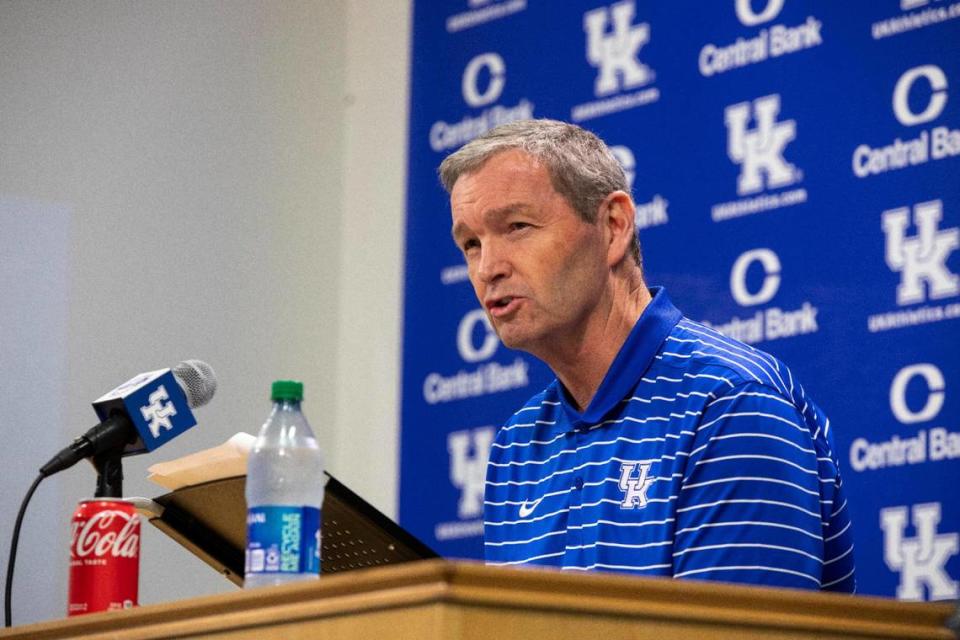
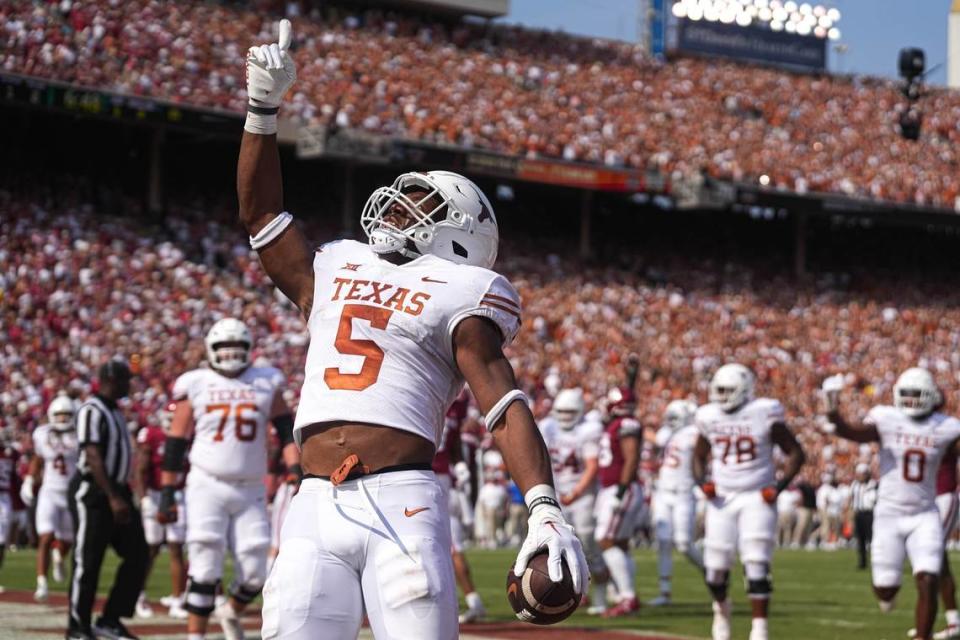
For the UK AD, the rationale for opposing a ninth SEC football game begins with the physical toll that would be placed on Kentucky’s football players by adding another conference game. “There is that concern because of depth in our program,” Barnhart said. “(We) want to make sure we have enough depth to manage all that.”
Once the SEC is at 16 teams, Barnhart notes that adding a ninth conference game to each team’s schedule will guarantee an additional loss every season for eight league teams. That could have a negative impact on SEC teams as they aspire to at-large berths in the soon-to-be 12-team College Football Playoff or damage their standing in the postseason bowl hierarchy, Barnhart said.
The UK AD said the scheduling flexibility that arises from an eight-game league schedule has been instrumental in Kentucky’s ability to elevate its football program.
“Eight (league) games works well for us,” Barnhart said.
The issue with the SEC staying at eight league games once Texas and Oklahoma arrive is that the “one-and-seven” scheduling format will mean that a number of significant rivalries will no longer be played annually.
On the “one-and-seven” scheduling model, the likely assignment of permanent foes seem relatively easy to guess: Alabama-Auburn; Arkansas-Missouri; Florida-Georgia; LSU-Texas A&M; Mississippi-Mississippi State; Oklahoma-Texas; Tennessee-Vanderbilt.
That would leave Kentucky paired with South Carolina as its annual “rival” by the process of elimination.
A one-and-seven formula probably ends annual marquee games such as Alabama-Tennessee, Georgia-Auburn and Alabama-LSU. It could keep the SEC from restoring yearly rivalries for Texas-Texas A&M, Arkansas-Texas and Oklahoma-Missouri.
It would also potentially end Kentucky-Tennessee as an annual contest. The third-longest running series in SEC history, UK and UT have played 118 times in a border rivalry whose first game was contested in 1893.
As much heartache as UT’s football dominance of UK — the Vols have won 35 of the past 38 meetings with the Cats — has caused the Big Blue Nation, it is hard to imagine Wildcats backers having great enthusiasm for an SEC scheduling format that means Kentucky no longer annually plays the one league foe about about which many Cats fans feel the strongest.

‘Bevo’ and ‘Sooner Schooner’
Bringing new teams into a conference does more than alter competitive outlooks. It also means exposure to new college towns and different sports traditions.
When Kentucky football travels to Texas next season, UK fans will get a chance to visit Austin and to see up close Bevo, the famed Texas Longhorn steer who is the University of Texas mascot. Maybe that trip will yield a sighting of Texas uber-fan Matthew McConaughey — whose father, Jim, played end for Bear Bryant at Kentucky in 1949.
“Our fans will flock to our first game (at) Texas,” Barnhart said. “We had 12,000 people at (Texas A&M) when (UK first) played there (in 2018). We will go to Austin, Texas, I can assure you that.”
OU’s “Sooner Schooner,” a scaled-down version of a Conestoga wagon, is one of the most-identifiable mascots in college sports.
Presumably, Oklahoma will play football in Lexington in 2025. “I’m hopeful that, maybe, we get them in October,” Barnhart said. “Let them come and experience (horse racing at) Keeneland and football in October in Kentucky. That would be awesome.”
At SEC Media Days last summer, Greg Sankey established a narrative for the first Oklahoma-Kentucky football contest as league rivals. The “Stoops legacy matchup,” Sankey said. Mark Stoops is the all-time coaching wins leader (68-59 through games of Sept. 9) at Kentucky. Bob Stoops, Mark’s older brother, is No. 1 for the Sooners in total coaching wins (191-48 from 1999 through 2016 plus the 2021 Alamo Bowl).
In men’s hoops, the pending arrival of Texas and Oklahoma “brings a couple of new faces into Rupp Arena,” Barnhart said. “It will be tremendous.”
From the Kentucky perspective, having Oklahoma and Texas joining the SEC figures to be some combination of challenging, unpredictable and exciting.
Barnhart believes UK fans “are really, really going to enjoy” the competitive aspect of having Texas and Oklahoma in the Southeastern Conference.
“They have such a depth of programs they are going to bring in competitively, (it’s) welcome to the party,” Barnhart said.
